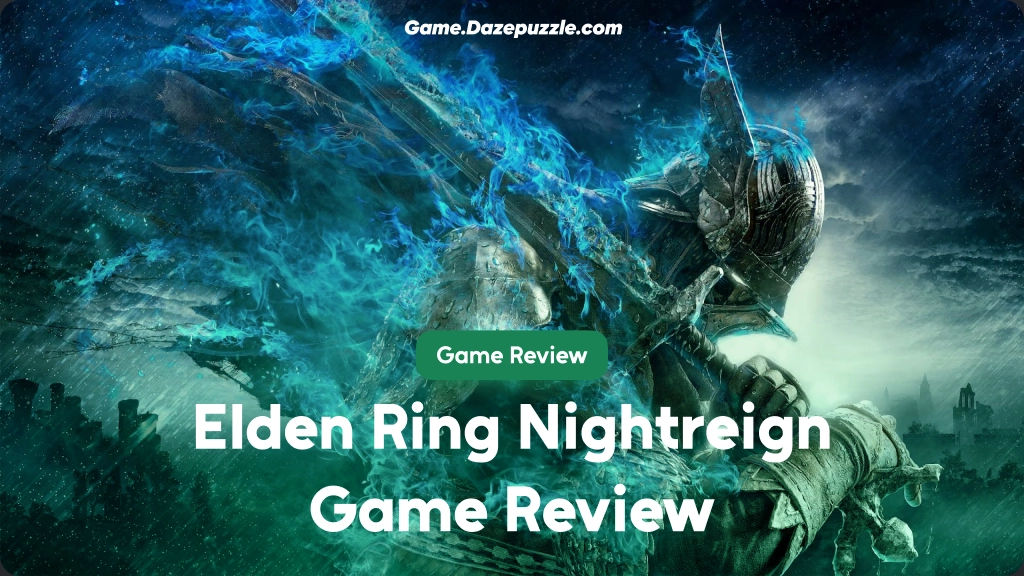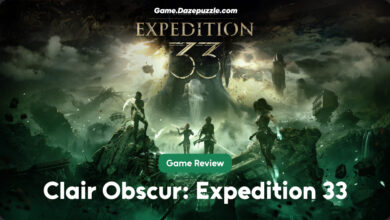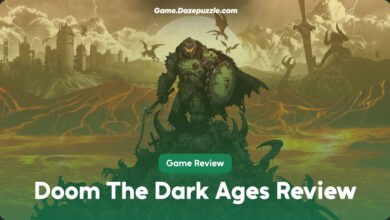Elden Ring Nightreign is the kind of game that grabs you by the collar, throws you into a chaotic whirlwind of action, and dares you to keep up. This isn’t your typical FromSoftware offering, it’s a bold, experimental spin-off that takes the soul of Elden Ring and crams it into a fast-paced, three-player co-op roguelite. Set in the hauntingly familiar yet distinctly different land of Limveld, Nightreign delivers thrilling 45-minute runs filled with intense combat, tough choices, and some of the most epic boss battles FromSoftware has ever crafted.
But here’s the catch: to really shine, you need a solid squad of friends who are ready to dive into the madness with you. Solo players? Brace yourselves, it’s a rough ride. Keep up with this Elden Ring Nightreign Review to break down why Nightreign is both a thrilling triumph and a slightly tarnished gem.
What you’ll find in this Elden Ring Nightreign Review
What Is Elden Ring Nightreign?
At its core, Nightreign is a love letter to Elden Ring fans who crave something fresh yet familiar. It takes the sprawling, open-world RPG masterpiece and distills it into bite-sized, high-octane expeditions. You’re dropped into Limveld, a parallel version of Elden Ring’s Limgrave, packed with familiar enemies, weapons, and environments, but remixed with a roguelite twist. The game revolves around a three-day cycle where you and (ideally) two teammates scramble to gather gear, level up, and take down bosses before facing one of eight fearsome Nightlords on the final day. Think of it as Elden Ring meets a battle royale, with a shrinking map that forces you to move fast and fight smart.
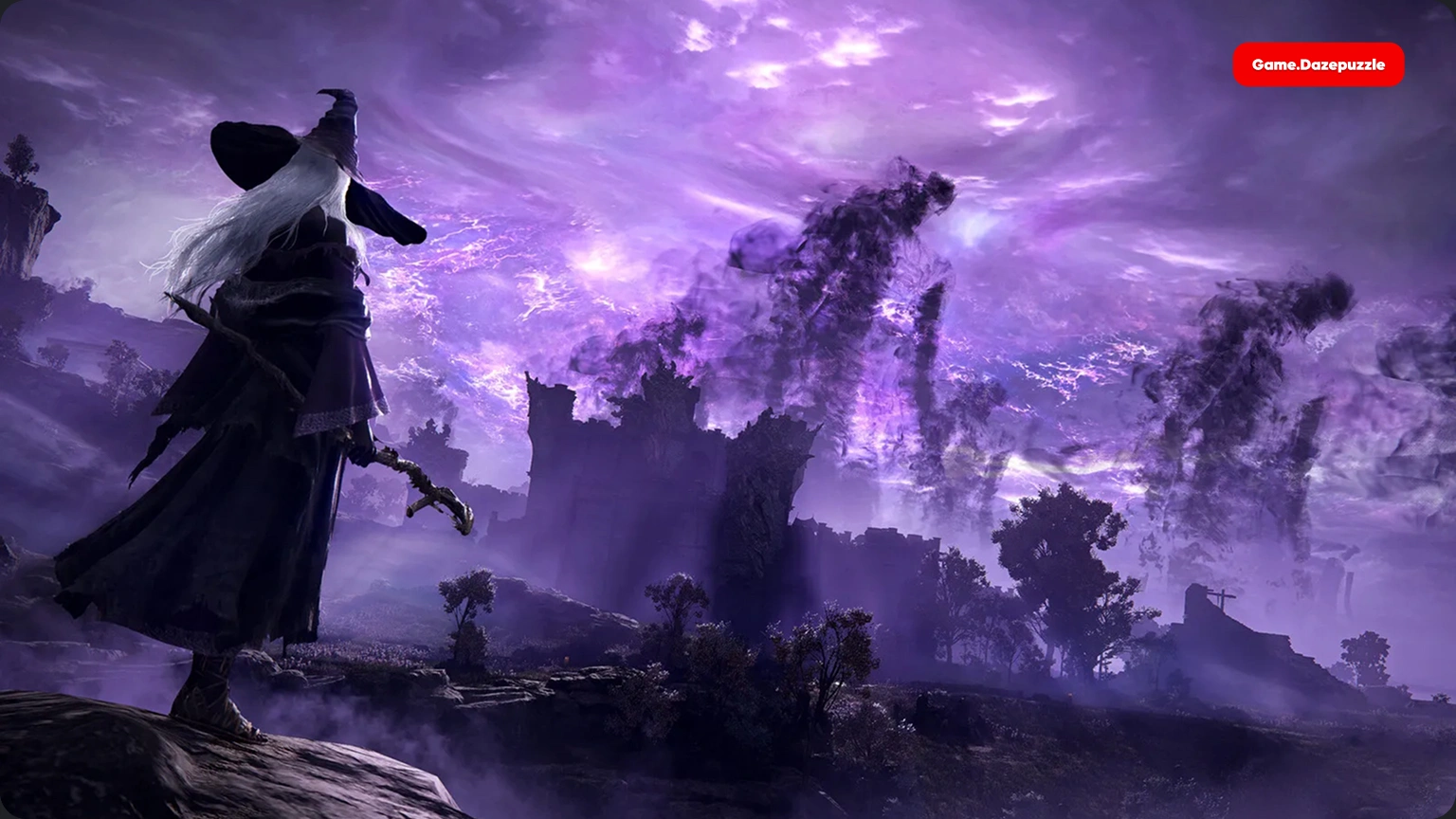
The gameplay loop is simple but addictive. Days one and two are all about exploration, raiding camps, snagging powerful weapons, and leveling up at Sites of Grace. By day three, you’re gearing up for a showdown with a Nightlord, a boss so brutal it’ll make your palms sweat. Random events like boss raids or summoning portals keep things unpredictable, while the procedural generation of points of interest ensures no two runs feel exactly the same. It’s a formula that hooks you with the promise of “just one more run,” especially when you’re playing with a crew that clicks.
The Co-Op Dream: When Nightreign Shines
Let’s get one thing straight: Nightreign is at its absolute best when you’re playing with two buddies who know their way around a Souls game. The three-player co-op design is the heart of this experience, and when it works, it’s pure magic. The game encourages teamwork in ways that feel natural and rewarding. You’ll find yourself shouting across Discord, calling out enemy positions, or coordinating who grabs that shiny new katana from a chest. The ability to revive fallen teammates adds a layer of camaraderie. Nothing beats the rush of sprinting across the battlefield to save a downed friend just before a boss lands the final blow.
The eight playable Nightfarers pre-made classes with unique skills and playstyles bring a ton of variety to the table. Whether you’re swinging a massive greatsword as the Wylder, sniping enemies from afar as the Ironeye, or parrying like a pro with the Executor’s Sekiro-inspired sword, there’s a character for every playstyle. Each Nightfarer feels distinct, with abilities that can drastically change how you approach a run. For example, the Wylder’s grappling hook lets you zip around the map or yank enemies into your blade, while the Recluse’s magic-focused kit makes you feel like a spell-slinging powerhouse. The depth of these classes is surprising, given their streamlined movesets, and experimenting with them is a blast.
The real stars of Nightreign, though, are the Nightlord bosses. These aren’t your run-of-the-mill Souls enemies, they’re colossal, MMO-inspired behemoths designed to test your team’s coordination. From dodging party-wiping attacks to splitting roles to manage aggro, these fights are intense and unforgettable. One particular boss, the Fissure in the Fog, is a masterclass in design, blending spectacle with strategy in a way that’ll leave you grinning ear to ear. Seven out of the eight Nightlords are absolute bangers, with epic soundtracks that amplify the adrenaline. The one dud? A boss that feels like a slog if you’re stuck pelting it with arrows, but even that’s a minor misstep in an otherwise stellar lineup.
Solo Play: A Tarnished Experience
Now, let’s talk about the elephant in the room: solo play. If you’re hoping to tackle Nightreign on your own, prepare for a steep challenge. The game is clearly built for three players, and the solo mode feels like an afterthought. Enemy encounters that are manageable with a squad become grueling time sinks when you’re alone. The Nightlords, designed with teamwork in mind, are brutally unforgiving without allies to revive you or share the load. There’s a damage-scaling boost for solo players, but it doesn’t address the core issue: the game’s design doesn’t adapt enough to make solo play feel fair.
Unlike other roguelites, Nightreign lacks the safety nets that make solo runs less punishing. In Hades, you’ve got Death Defiances to give you extra lives. In Returnal, you can find artifacts for second chances. Nightreign? You’ve got a rare, high-tier item that revives you once at half health, but it’s so costly either in runes or by passing up a legendary weapon that it’s hardly a solution. I managed a few successful solo runs, but the frustration often outweighed the triumph. Unless you’re a hardcore Elden Ring fan who thrives on soul-crushing difficulty, solo play might leave you feeling more punished than rewarded.
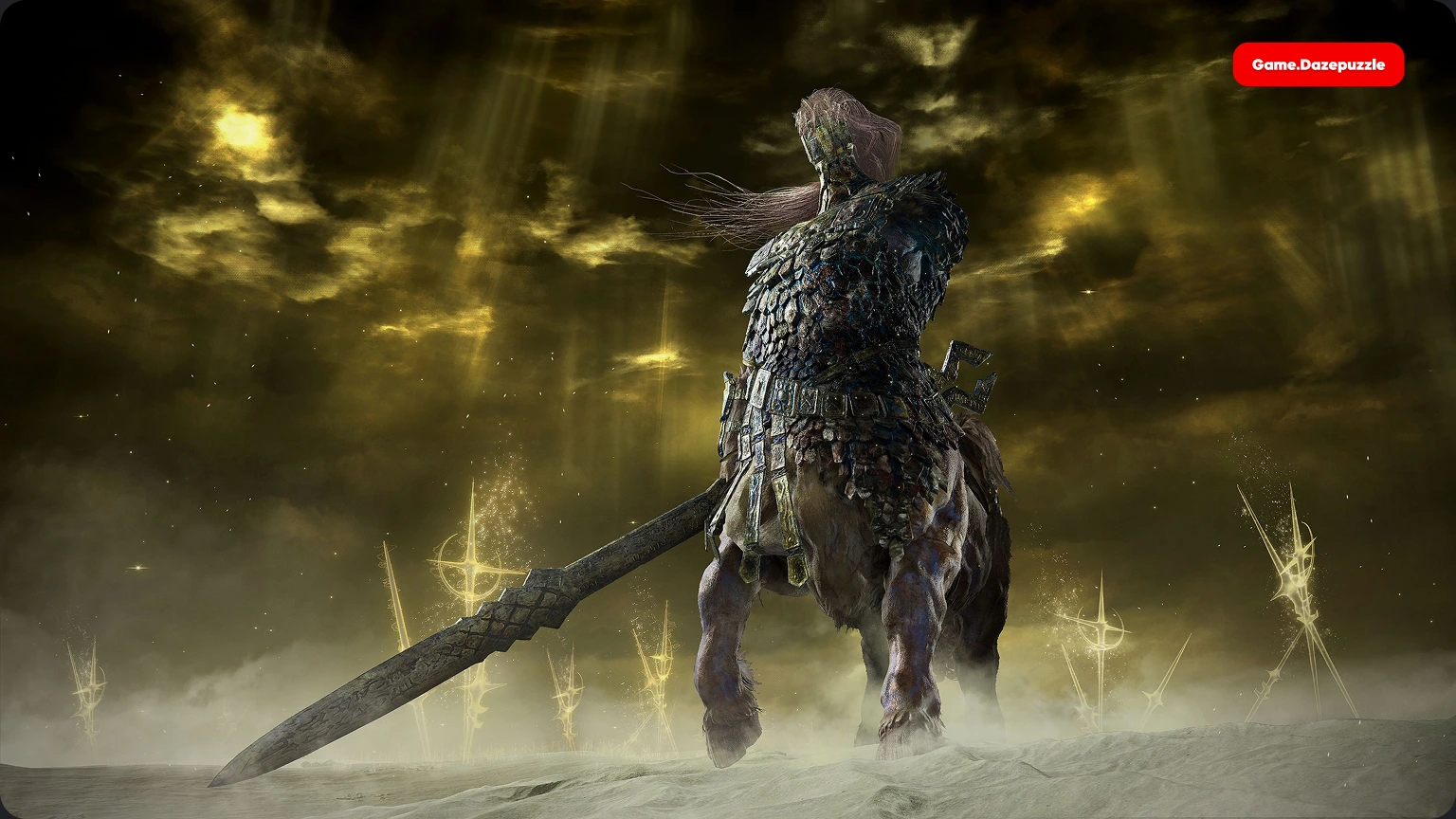
That said, there’s hope. The developers have hinted at patches to improve solo balance, like making revival items more accessible or tweaking damage scaling. They’ve also mentioned adding a duo mode, which would be a game-changer for players who don’t have a full trio. For now, though, Nightreign’s solo mode is a tough sell.
Gameplay Loop: Fast, Frenzied, and Fun
Nightreign’s gameplay loop is where it hooks you. Each 35-to-45-minute run is a race against the clock, with a shrinking map that adds a battle royale-style urgency. You’ll sprint across Limveld, scaling cliffs with new parkour mechanics, gliding on spectral hawks, or leaping up spiritsprings to reach key locations. The map, while static in its overall layout, feels fresh thanks to randomized points of interest. One run might have a church full of healing flasks in the north, while the next spawns a rune-heavy boss camp in the south. This keeps you on your toes, forcing you to plan routes on the fly.
The streamlined progression system is a godsend for keeping things fast-paced. Leveling up at a Site of Grace is as simple as pressing a button, automatically boosting your Nightfarer’s key stats. Inventory management is equally straightforward; each weapon comes with a clear damage number, elemental affinity, passive bonus, and skill. When you’re choosing between rewards, it’s easy to make snap decisions and get back to the action. This simplicity lets you focus on the thrill of combat and exploration without getting bogged down in menus.
That said, the new wall-climbing mechanic can be a bit clunky. There were moments when I struggled to scale what looked like an easy wall, especially while fleeing the encroaching Night Tide. It’s a small annoyance, but it can disrupt the flow when you’re in a pinch. Still, mastering the map’s ins and outs, knowing which camps to hit, which bosses to avoid, and when to push your luck, creates a satisfying sense of skill progression that keeps you coming back.
You might also like this: Top 10 Video Game Easter Eggs that are Genius
Progression and Relics: A Mixed Bag
Nightreign’s meta-progression system, tied to relics you earn after each run, adds a layer of persistence between expeditions. These relics offer stat boosts, starting skills, or elemental affinities that can give you an edge. The catch? The system leans heavily on randomness. While you can buy a small selection of relics at the shop or earn specific ones by completing Nightlord fights or class-specific Remembrance quests, most of what you get is up to chance. This can be frustrating if you’re trying to build around a specific Nightfarer and keep getting relics that don’t suit your playstyle.
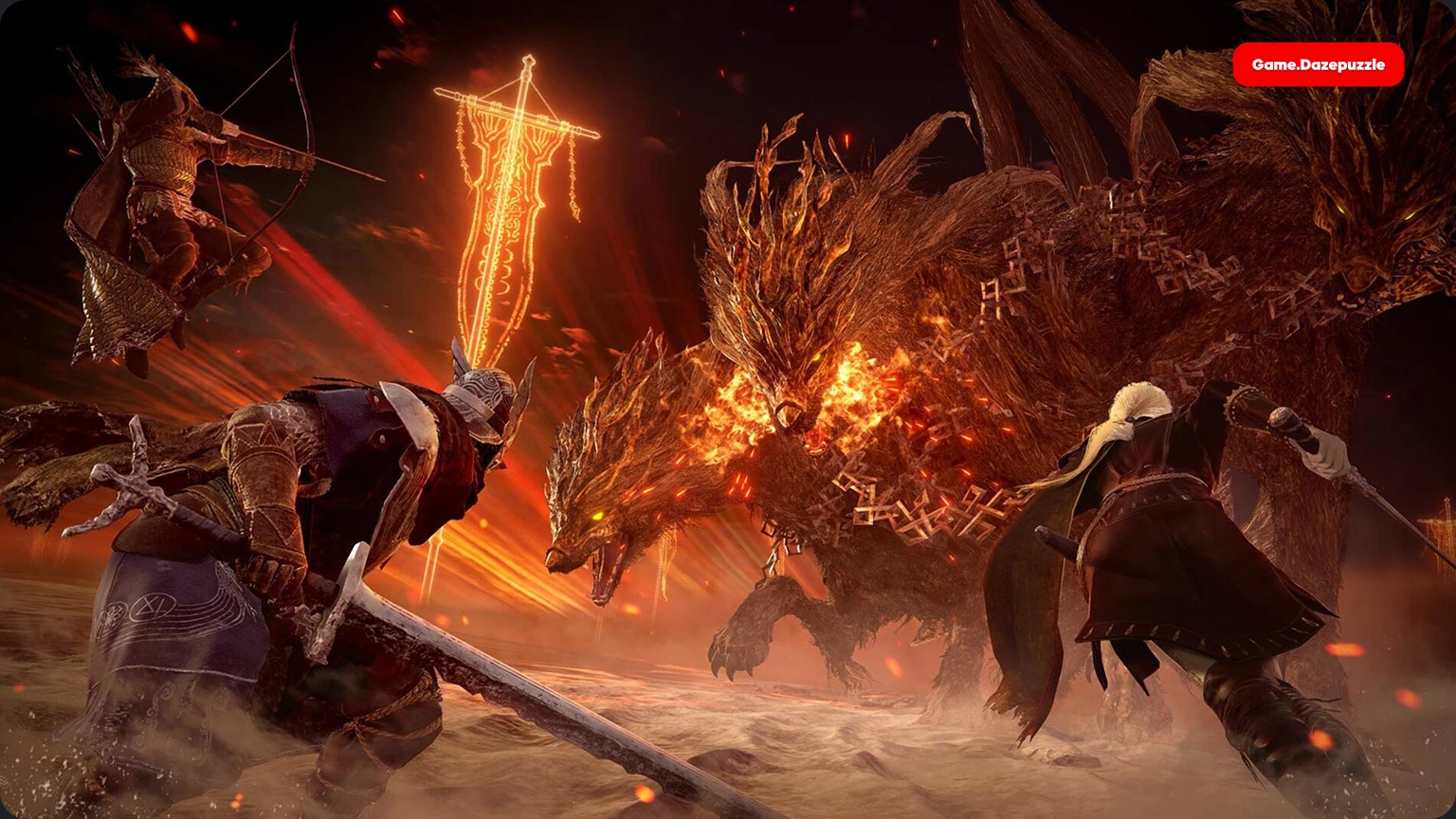
Early on, relic bonuses feel underwhelming, but as you rack up runs, you’ll unlock powerful ones that noticeably boost your performance. Completing Remembrance quests mini storylines tied to each Nightfarer also rewards you with runes and unique relics, adding a bit of lore to the mix. While it’s not as deep as Elden Ring’s worldbuilding, these quests give each character a sense of purpose in Limveld. Still, I wish there were more control over relic rewards to make progression feel less like a dice roll.
A Visual and Audio Feast
Visually, Nightreign is a treat. Limveld blends Limgrave’s rolling hills with Liurnia’s misty vibes, creating a world that’s both familiar and new. The randomized locations keep the scenery fresh, and the new Nightlord bosses are stunningly designed, from towering monstrosities to eerie, fog-shrouded horrors. The soundtrack is equally impressive, with pulse-pounding tracks that elevate every boss fight. There are occasional frame rate hiccups, especially in chaotic multiplayer moments, but they don’t detract much from the experience.
The Multiplayer Hurdles
For all its brilliance, Nightreign stumbles when it comes to multiplayer accessibility. The lack of cross-play is a major bummer, forcing you and your friends to be on the same platform. There’s also no duo mode, meaning you’re stuck with either a full trio or random matchmaking if you’re short a player. The in-game ping system helps with basic communication, but without built-in voice chat, coordinating complex strategies with strangers is tough. I’ve had runs ruined by teammates who ignored pings or made bad calls, and there’s no way to quit a run without penalty. These issues make it hard to consistently create the ideal three-player experience Nightreign demands.
Is Nightreign Worth It?
Elden Ring Nightreign is a daring experiment that mostly pays off. When you’re playing with a skilled, communicative squad, it’s one of the best co-op games around, delivering heart-pounding action, clever class design, and jaw-dropping boss fights. The roguelite structure condenses Elden Ring’s epic progression into addictive, 45-minute bursts that keep you hooked. But the lackluster solo mode, missing cross-play, and limited duo options hold it back from true greatness. If you’ve got a crew ready to dive into Limveld, Nightreign is a must-play. Solo players or those without a consistent team might want to wait for patches to smooth out the rough edges.
Nightreign is like a punk rock cover of Elden Ring, fast, loud, and a little rough around the edges, but bursting with energy. It’s not perfect, but when it hits, it hits hard. Grab two friends, pick your Nightfarers, and get ready to conquer the night. Just don’t expect to go it alone without a fight.
Thank You for keeping up with Game.Dazepuzzle.com
Elden Ring Nightreign is a cooperative roguelike action RPG developed by FromSoftware and published by Bandai Namco Entertainment, released on May 29, 2025. This spin-off takes the iconic combat and world of Elden Ring and reimagines them within a fast-paced, run-based structure. Players assume the role of "Nightfarers," chosen heroes who venture into the procedurally generated, perpetually night-shrouded land of Limveld to battle monstrous beings and powerful "Nightlords" in three-player co-op expeditions.Elden Ring Nightreign
Gameplay - 7.5
Story/Narrative - 6
Graphics/Visuals - 8.5
Sound/Music - 8
Content/Value - 7
7.4
10

